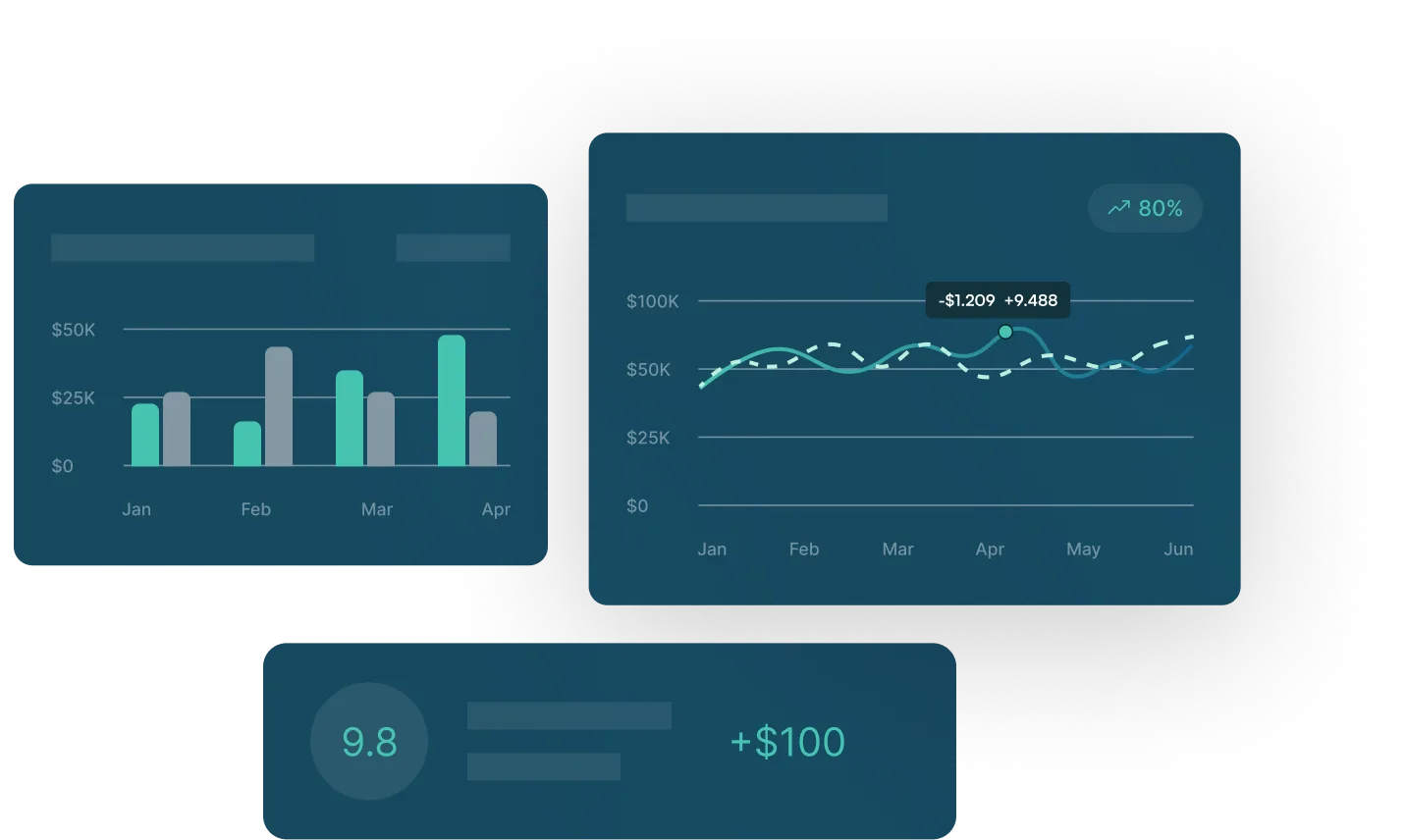Zero Percent Floors’ Impact on Hedging: Negotiating Debt & Swaps
.jpeg)
.jpeg)
With interest rates near all-time lows, many companies are starting to worry about the effectiveness of their current hedges when they aren’t perfectly matched to the underlying debt, while others are looking to lock in the favorable rates by entering into hedges or extending the length and/or amount of hedge coverage for existing hedges.
This increased appetite is coming during a time of higher than usual volatility as rates are cut, and fears about the coronavirus continue to impact the market.
Floored Debt Effectiveness Concerns
Typically, when hedges are not very closely matched to the underlying hedged debt, the difference is in the zeroes! Many companies have a 0% floor on their credit facilities – if rates drop below zero, the lender will not pay the borrower, which means the borrower will pay a minimum of the fixed spread over the index.
Floored debt is getting a little more interesting. In anticipation of quarter-end, we have updated several regressions using Pro-forma data for March, and most companies look to be in good shape to continue to have an effective hedge if they did not include the floor. For those that did include the floor – they are sitting pretty, and their qualitative testing will remain un-impacted.
Hedging Floored Debt
When hedging this debt, some companies replicate the 0% floor on their swaps, and others choose not to. The decision to include a 0% floor on the hedge instrument is dependent on pricing when hedges are executed as well as the hedger’s risk appetite.
The price of 0% floors varies based on both rates (and how low they are) and volatility. Prior to the Fed rate cut, 0% floors were relatively inexpensive, and many companies chose to include them. For those companies that didn’t include the floor, these are interesting times as the value of these floors has significantly increased.
For those just getting into hedging or increasing their hedge coverage, the decision to include the floor or not may be more difficult given the current volatility in the market. We recommend performing a thorough review of the available alternatives (to include the floor or not, what tenor to use, etc.) as well as making sure you have a good understanding of your company’s risk tolerance.
Refinancing
If you are in the market to refinance your debt or take out new variable debt, it’s important to fully understand the impact of floors, particularly as many banks are looking to increase floors for some borrowers from 0% to .75% or higher. If you plan to hedge the debt, the level of the floor will impact your effective hedging alternatives.
Hedge Trackers has a lot of experience in this area and can help companies evaluate floors and how they will impact your hedge program.
Conclusion
The interest rate market continues to be volatile. This impacts the value of options, and many companies have options in the form of 0% or higher floors on their debt. These companies should expect to see an increase in the value of these options at quarter-end.
Hedge Trackers can assist clients in navigating pricing for both floored debt and floored swaps as well as ensure an effective hedge relationship for the pair. If you plan to hedge soon and want to discuss your alternatives and pricing implications, please contact us for help.
Zero Percent Floors’ Impact on Hedging: Negotiating Debt & Swaps
With interest rates near all-time lows, many companies are starting to worry about the effectiveness of their current hedges when they aren’t perfectly matched to the underlying debt, while others are looking to lock in the favorable rates by entering into hedges or extending the length and/or amount of hedge coverage for existing hedges.
This increased appetite is coming during a time of higher than usual volatility as rates are cut, and fears about the coronavirus continue to impact the market.
Floored Debt Effectiveness Concerns
Typically, when hedges are not very closely matched to the underlying hedged debt, the difference is in the zeroes! Many companies have a 0% floor on their credit facilities – if rates drop below zero, the lender will not pay the borrower, which means the borrower will pay a minimum of the fixed spread over the index.
Floored debt is getting a little more interesting. In anticipation of quarter-end, we have updated several regressions using Pro-forma data for March, and most companies look to be in good shape to continue to have an effective hedge if they did not include the floor. For those that did include the floor – they are sitting pretty, and their qualitative testing will remain un-impacted.
Hedging Floored Debt
When hedging this debt, some companies replicate the 0% floor on their swaps, and others choose not to. The decision to include a 0% floor on the hedge instrument is dependent on pricing when hedges are executed as well as the hedger’s risk appetite.
The price of 0% floors varies based on both rates (and how low they are) and volatility. Prior to the Fed rate cut, 0% floors were relatively inexpensive, and many companies chose to include them. For those companies that didn’t include the floor, these are interesting times as the value of these floors has significantly increased.
For those just getting into hedging or increasing their hedge coverage, the decision to include the floor or not may be more difficult given the current volatility in the market. We recommend performing a thorough review of the available alternatives (to include the floor or not, what tenor to use, etc.) as well as making sure you have a good understanding of your company’s risk tolerance.
Refinancing
If you are in the market to refinance your debt or take out new variable debt, it’s important to fully understand the impact of floors, particularly as many banks are looking to increase floors for some borrowers from 0% to .75% or higher. If you plan to hedge the debt, the level of the floor will impact your effective hedging alternatives.
Hedge Trackers has a lot of experience in this area and can help companies evaluate floors and how they will impact your hedge program.
Conclusion
The interest rate market continues to be volatile. This impacts the value of options, and many companies have options in the form of 0% or higher floors on their debt. These companies should expect to see an increase in the value of these options at quarter-end.
Hedge Trackers can assist clients in navigating pricing for both floored debt and floored swaps as well as ensure an effective hedge relationship for the pair. If you plan to hedge soon and want to discuss your alternatives and pricing implications, please contact us for help.
.jpeg)
See GTreasury in Action
Get connected with supportive experts, comprehensive solutions, and untapped possibility today.






























.png)





.png)
.png)







.png)












.jpeg)

.jpeg)


.jpeg)







.jpeg)






.jpeg)


.jpeg)

.jpeg)








.jpeg)


.jpg)





.jpg)

.jpg)





